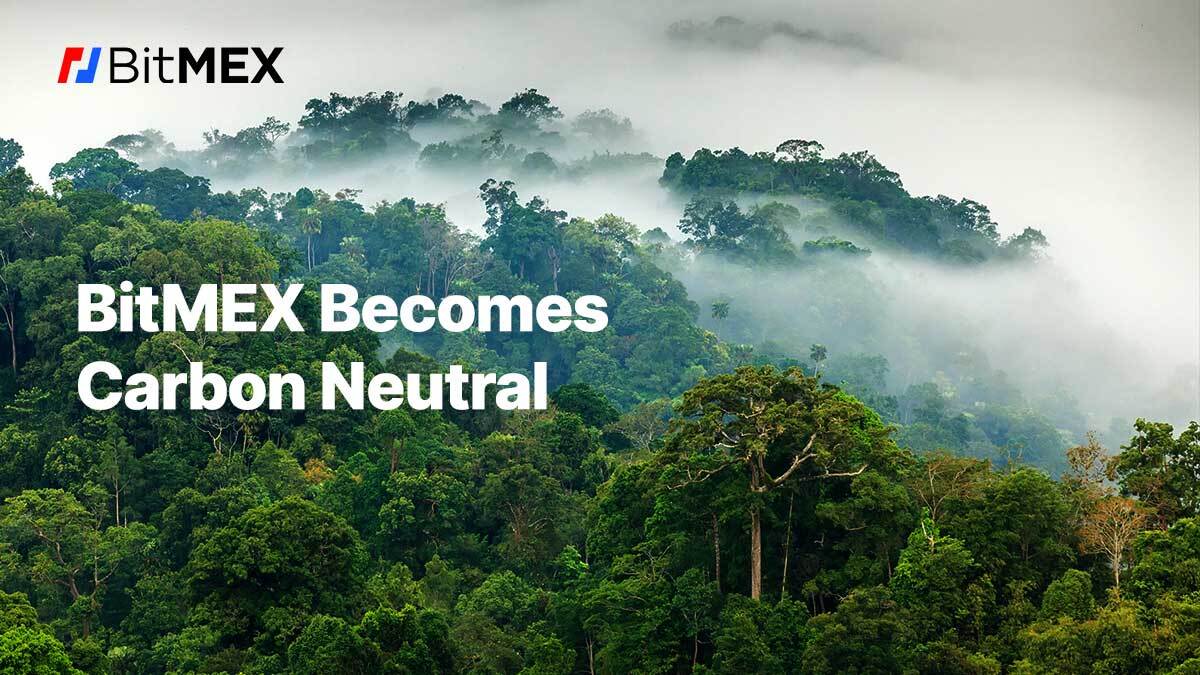
After making a commitment earlier this year to go carbon neutral, we’ve now offset emissions caused by all Bitcoin transactions to and from BitMEX.
We’ve done this by making an initial purchase of 7,110 tonnes of CO2 credits, worth US$100,000, which by our calculations will cover the environmental footprint of not only our Bitcoin transactions but also the servers powering BitMEX for the next year.
This makes us one of the first crypto exchanges to go carbon neutral on our blockchain transactions. But we know that this alone is not enough. Here are our next steps:
Investing in research/ education about the true environmental impact of Bitcoin and other cryptocurrencies. We also want to deepen understanding of the revolutionary potential – and societal value – of crypto, and how it can change people’s lives for the better. A holistic effort needs to include research into environmental impact, but also fundamental education about the possibilities unlocked by crypto technology. We’ve started by contributing this piece by BitMEX Research about how we calculated our environmental footprint, which we hope substantively adds to the discussion about calculating the impact of Bitcoin transactions.
Working with people and organisations who are dedicated to using innovation to lower cryptocurrency’s environmental impact. Through our patron membership in Global Digital Finance, an international industry group, and other connections, we’ll be contributing our time, expertise, and resources to ensure we and other industry players integrate sustainability into their daily decision making. There are a number of pan-industry initiatives currently in the works that we’re optimistic about.
For the carbon credits, we partnered with Pachama, an organisation that uses data, AI, and automation to monitor ecosystems and restore forests. More details on our purchase of carbon credits can be viewed here.
The projects we are supporting include anti-deforestation and reforestation projects in India, Peru, Brazil, Nicaragua, and Colombia.
Here’s a breakdown:
TIST India (Reforestation)
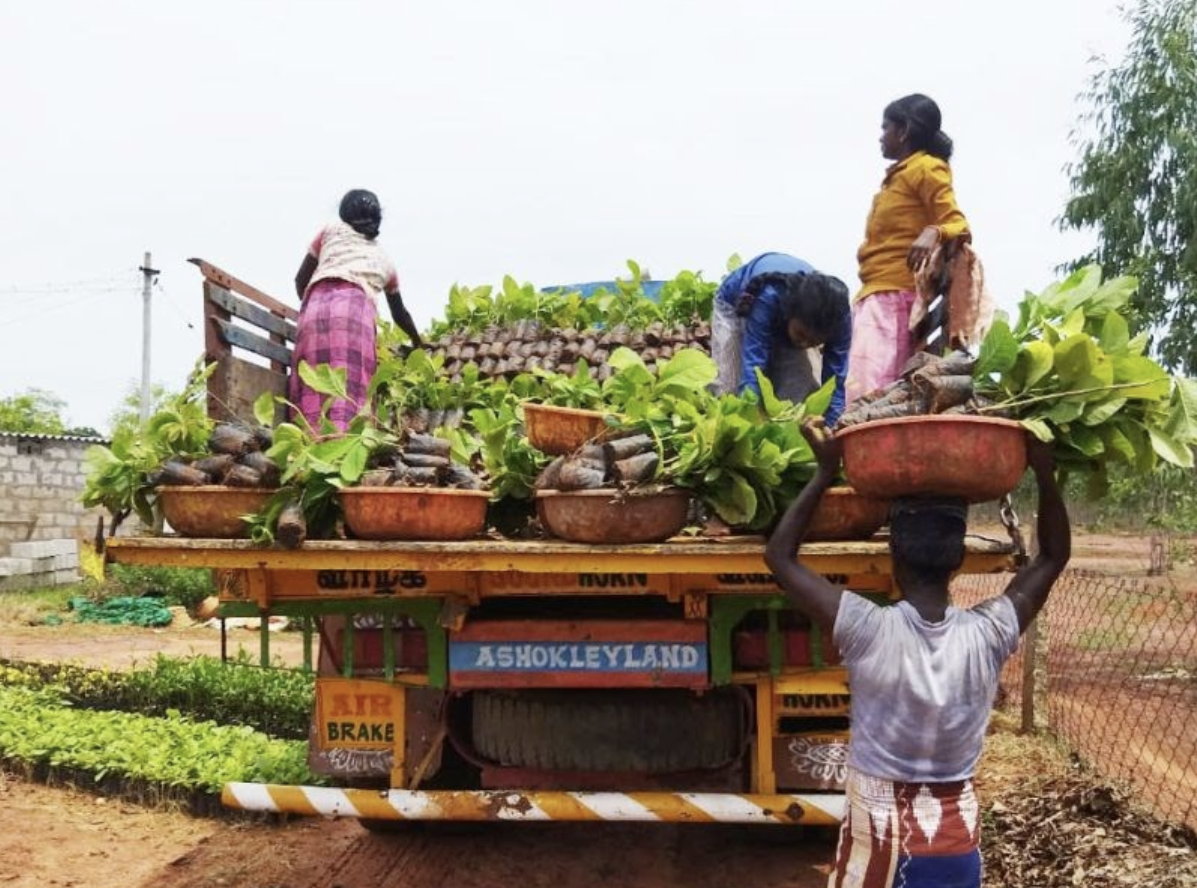
A reforestation project in southeastern India that mitigates the impact of agricultural activity by planting a variety of tree species on small farms throughout the region. Note: our carbon credit order for TIST India is pending and should be filled by the end of November 2021.
Nicaforest, Nicaragua (Reforestation)
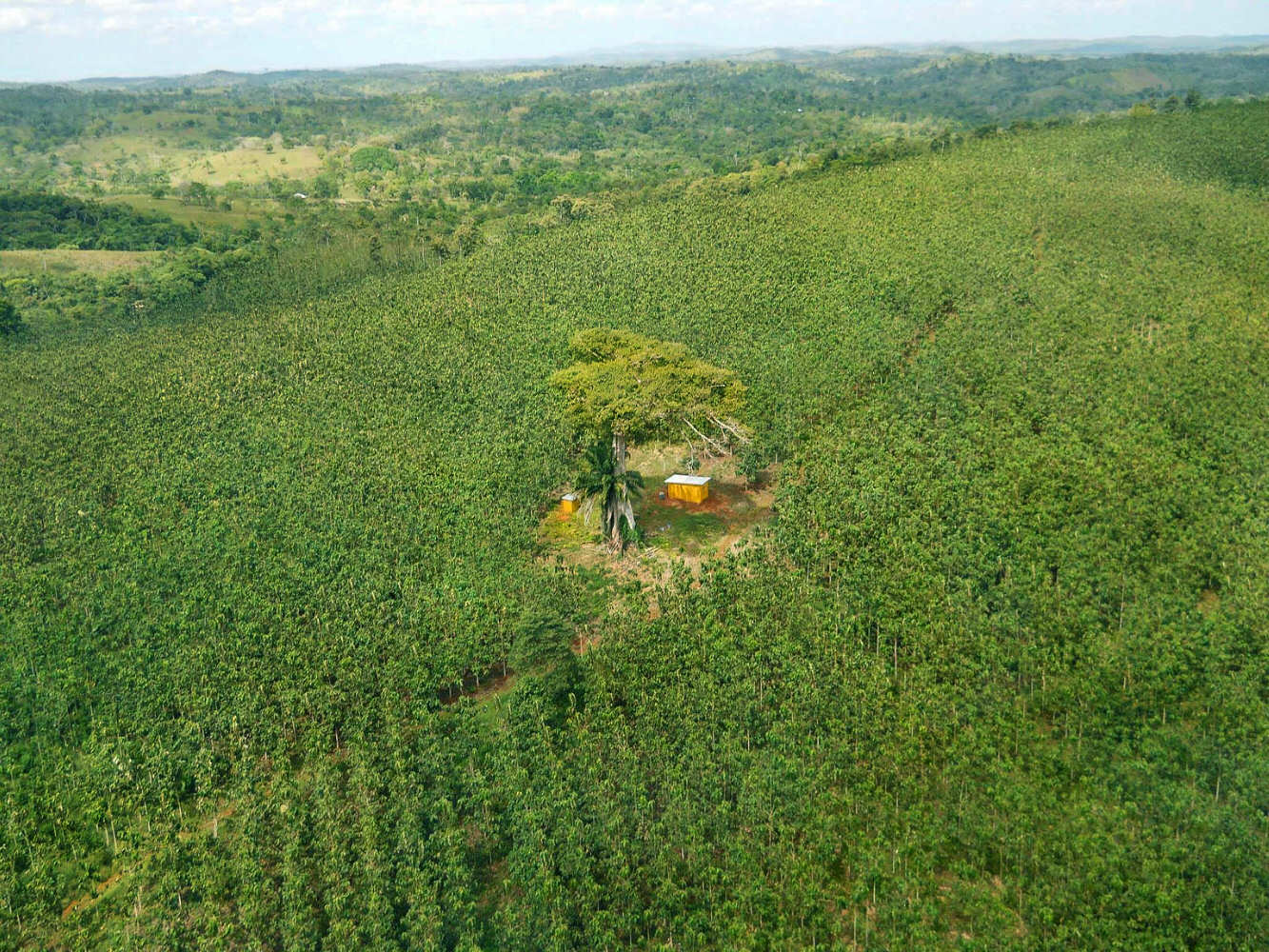
In Nicaragua’s deforested southeastern region, this project aims to regenerate 490 ha of forest and protect natural forest regeneration.
La Fazenda and Agrocortex, Brazil (Reforestation/ REDD+)
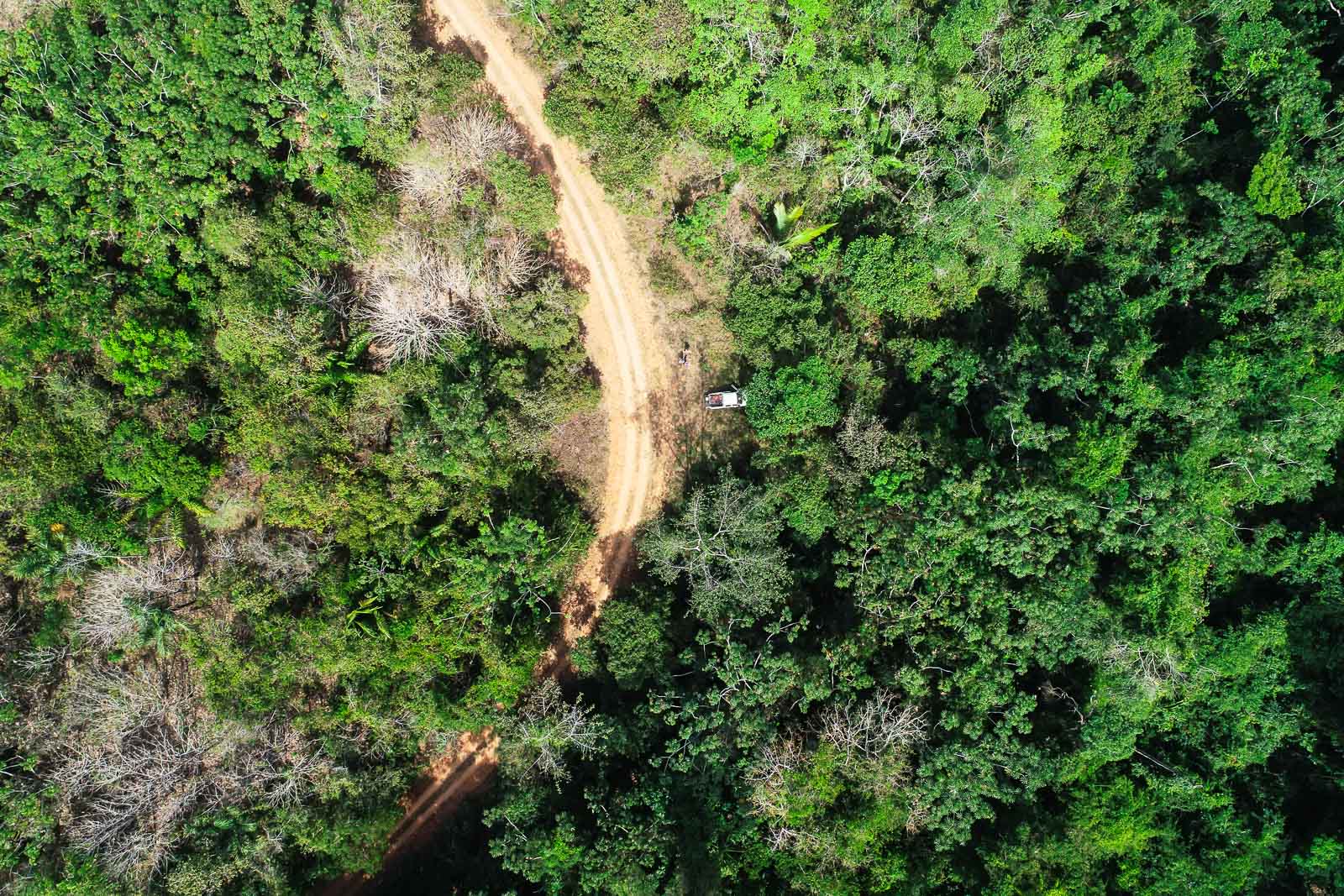
These two projects, both situated in the Amazon rainforest, focus on preserving (preventing deforestation) and building back (reforestation) large, vitally important sources of biodiversity and carbon stock.
Acapa, Colombia (REDD+)
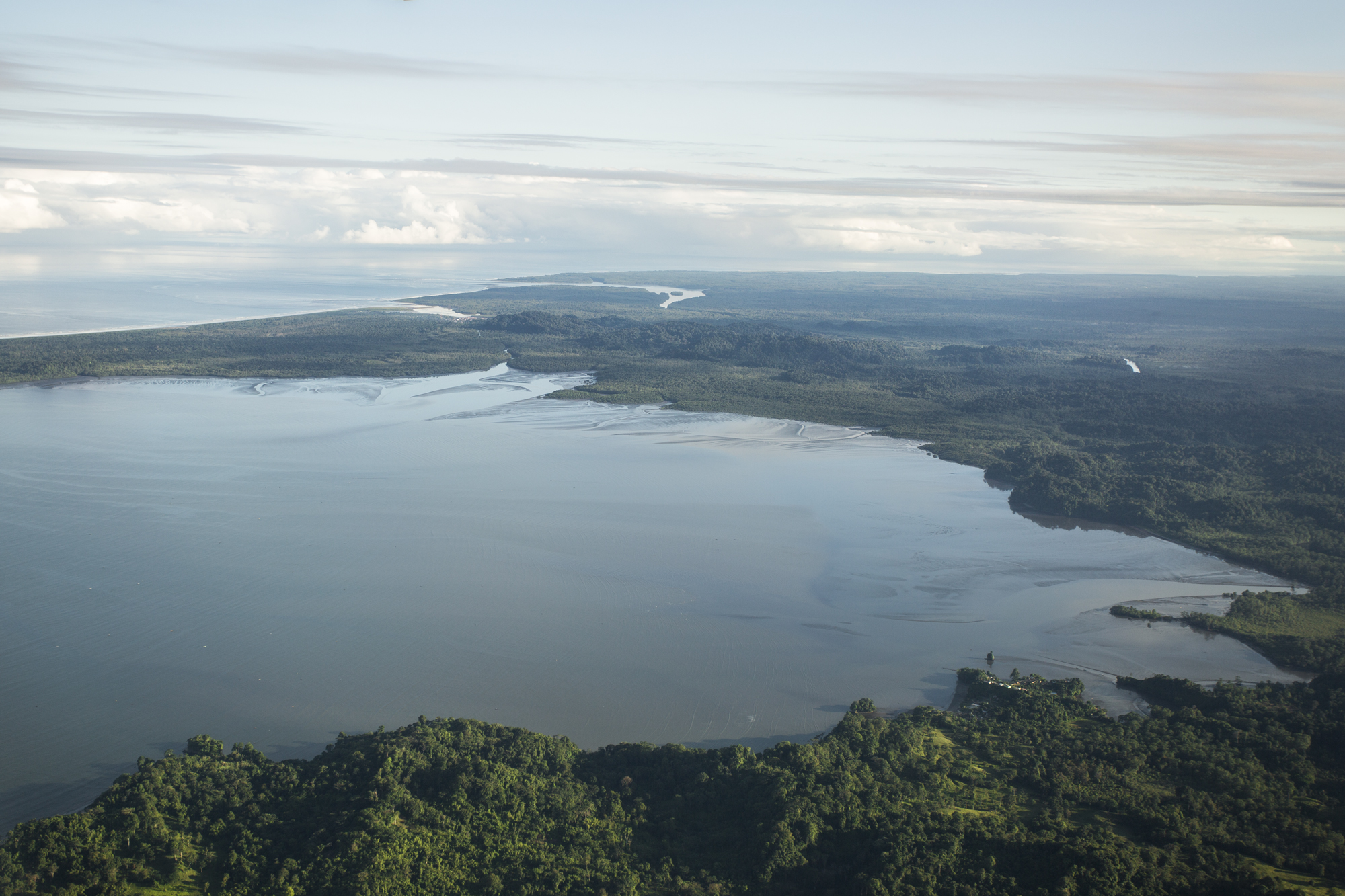
This very unique project aims to reduce the illegal harvesting of old-growth rainforest and is owned and governed by local communities.
Brazil Nuts, Peru (REDD+)
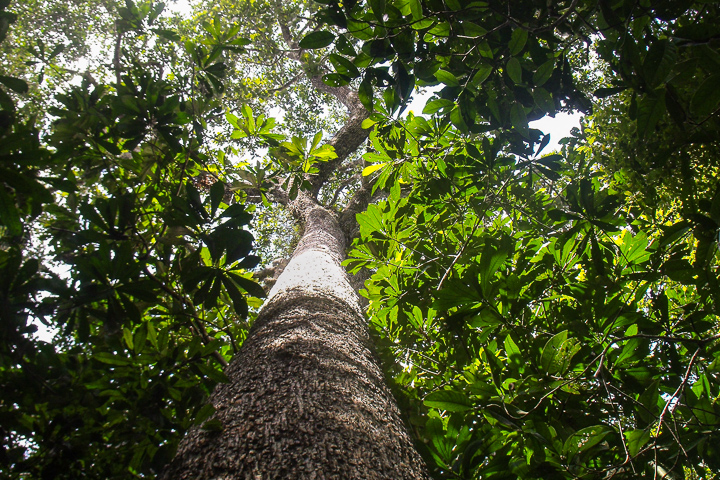
Half a million acres in the Peruvian Amazon are protected from deforestation by this project, which is achieved in part by encouraging the passive harvesting Brazil Nuts, which can only be found in old-growth rainforest.
…
One point of pride in crypto is that we aspire to be more accessible, transparent, and less cynical than traditional industries in our ways of working, problem-solving, and speaking to our customers. We should make sure this extends to how we approach the challenge of sustainability in crypto.
Instead of hollow promises and vague ESG pledges, we should aim to be honest about the challenges we face and what we’re doing about them. And, when necessary, we should be ready to justify the very real climate impact that currently results from blockchain use. Above all, we should use innovation to help address sustainability concerns inherent to crypto. To do anything less would be to fall short of our responsibility as an industry.
